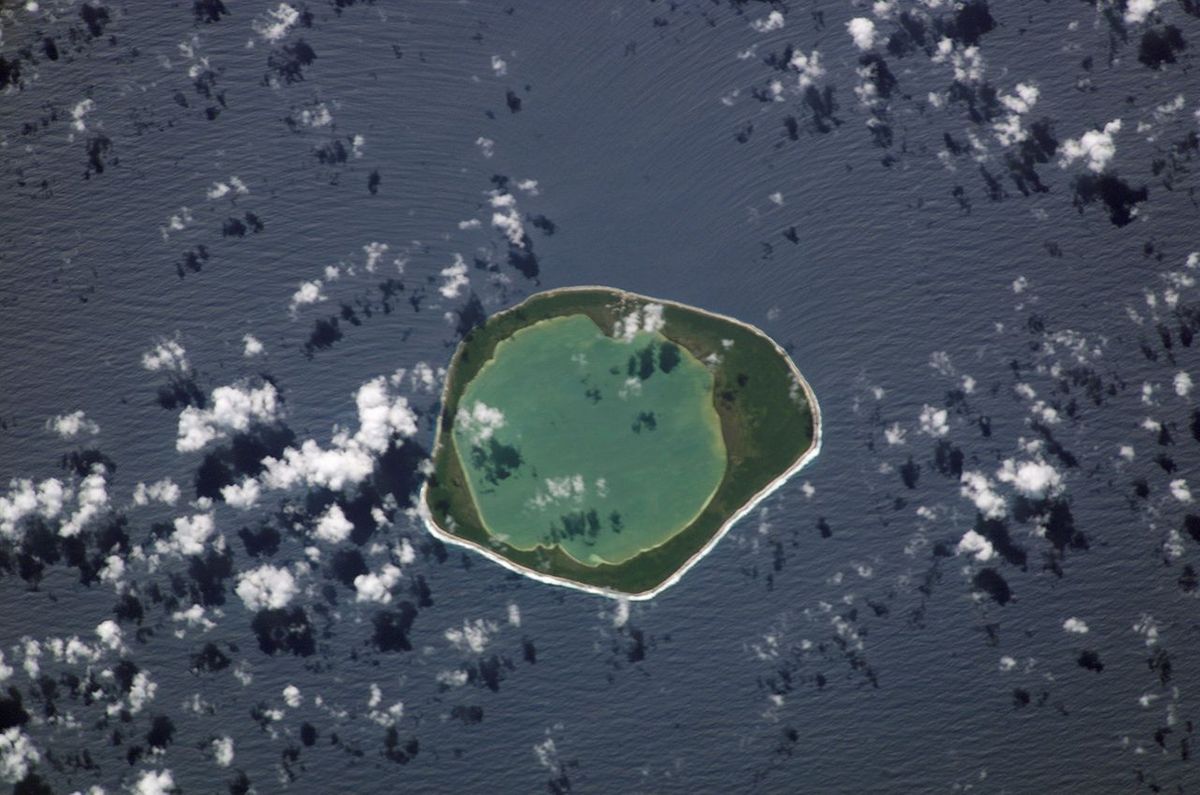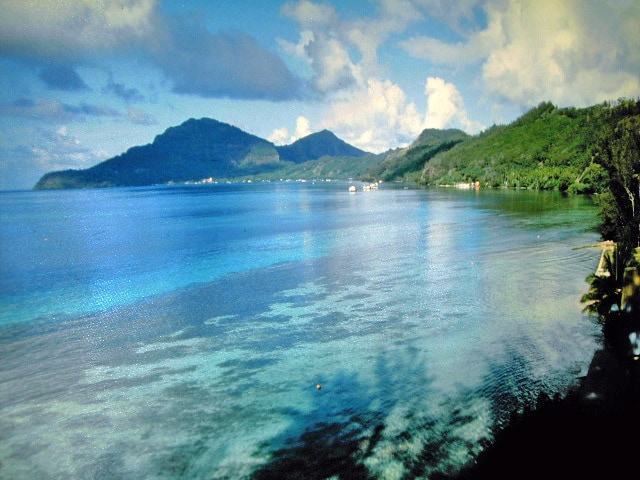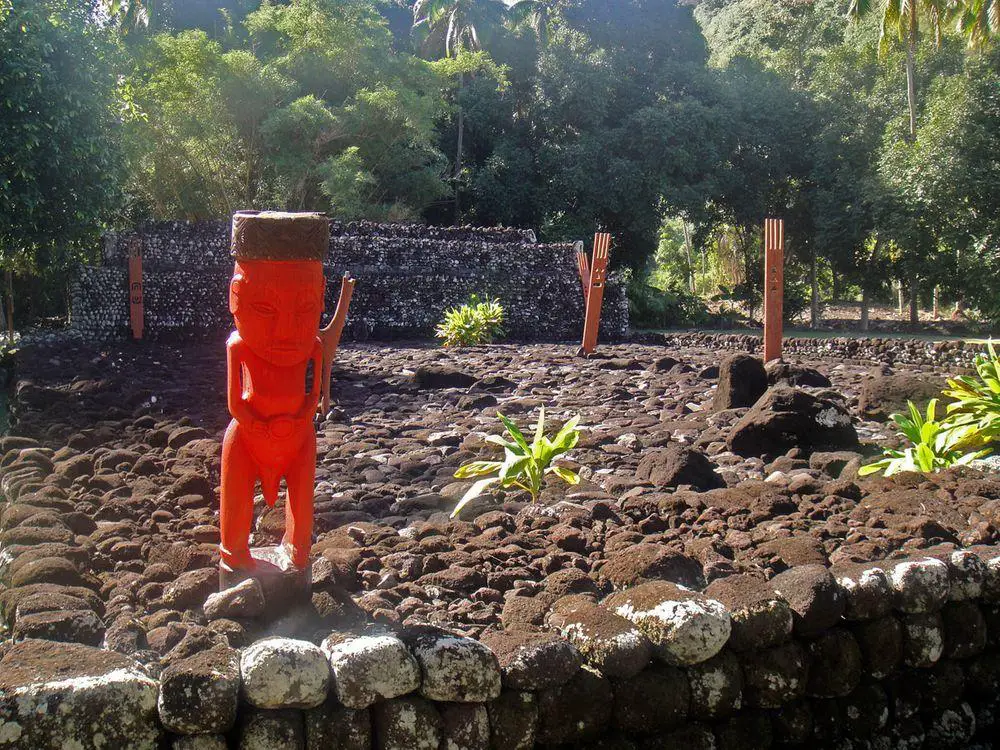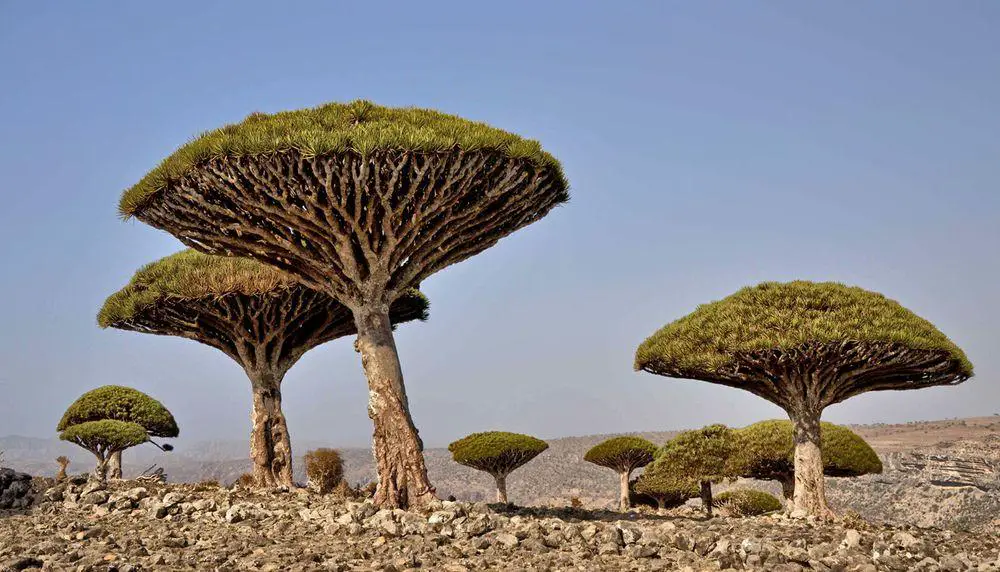Wonder
Niau tropical forest – feo

 In short
In short
Although the Niau island is small (just 2,600 ha) and rises only 6 m above the sea level, here has been preserved a patch of unique tropical forest.
 40.8%
40.8%
GPS coordinates
Location, address
Area
Map of the site
If you see this after your page is loaded completely, leafletJS files are missing.
 In detail
In detail
Tuamotu tropical moist forests
During their unique work at the identification of the world’s ecoregions, the experts of the World Wildlife Fund have singled out a specific ecosystem – Tuamotu tropical moist forest (3). These forests grow (or, as in most cases, grew) on the small, low-lying Tuamotu atolls, as well as volcanic Gambier and Pitcairn islands.
Tuamotu islands are coral atolls – each of them is a stack of some 400 m thick layer of coral limestone on the top of submerged basalt plateau.
Almost all forms of life have developed here in extreme isolation… until the coming of humans who brought lots of alien species with them and exterminated many unique species in Tuamotu islands.
Only on three islands have survived more or less pristine examples of this ecosystem – on the unique Henderson Island, Makatea and Niau.
Fao
Until late scientists considered that the low-lying Tuamotu islands have similar fauna and flora. Only in recent decades, it has been discovered that these seemingly equal islands have a rather diverse composition of plants and animals.
The 26 km² large Niau atoll is an excellent example of this. This island has a characteristic form of an enclosed ring with a hypersaline lagoon in the middle. The core part of this ring contains a nearly pristine, moist forest, called feo. It grows on a jagged limestone.
The ecosystem of this island developed in isolation for 50 000 years until here arrived Polynesians. It seems that they managed to deplete the ecosystem and contemporary feo is not the original, primeval forest of Niau. But nevertheless, this is an old forest with species of plants and animals which are not met anywhere else in the world.
Endemic species
In total Niau has 62 native species of plants and some of these species are met only on this island. Such plants are, for example, a palm Pritchardia pericularum, a shrub Myrsine niauensis, newly discovered species of Ixora, Meryta, Psychotria.
The best known endemic species here though is a beautiful bird – Tuamotu kingfisher (Todiramphus gambieri).
Tuamotu kingfisher
This rare bird looks exotic – it has light, almost white plumage, pale orange head, and shiny blue and green wings, spine, and tail. It seems that it thrived in the primeval broadleaved forest of Niau before the coming of Polynesians.
Currently Tuamotu kingfisher avoids the natural forest – feo – and prefers to live in the coconut plantations along the coast of the island. He needs an open ground to see his prey – small lizards and insects. Thus it turns out that nowadays the kingfisher needs human interference to survive on the island.
Unfortunately the number of this bird is decreasing – while in 1974 there lived some 400 – 500 birds on the island, now could be less than 125.
Conservation plan
It is well possible that the beautiful bird would have no chances without the goodwill and ambitions of some researchers of the University of Missouri (USA). They arrived here in 2002 and started to look for the reasons – why this bird species is dying out.
Now there has been elaborated a conservation plan (1), which envisages relocation of some birds to Anaa island, as well as leaving standing dead trees in Niau forest for nesting, providing trees with perches some distance from the ground (birds need them to sit on and look for their prey) and some more principles.
Local people, especially children, have been well taught about the value of kingfishers and are enthusiastic about their conservation.
No one can predict whether Tuamotu kingfisher will survive. But, contrary to most other cases in the world, here people at least have made an attempt to save them.
References
- 2010 Tuamotu Kingfisher Project Summary. University of Missouri, School of Natural Resources.
- Coulombe, Gabrielle L., Resource selection and space use of the critically endangered Tuamotu kingfisher (Todiramphus gambieri). Thesis, University of Missouri, 2010.
- Tuamotu tropical moist forest (OC0115). Wildworld, full report. World Wildlife Fund, 2001. Accessed in 20 December 2011.
 Linked articles
Linked articles

Wonders of Tuamotu-Gambier Islands
This administrative unit includes two island archipelagos – Tuamotu and Gambier Islands. Tuamotu islands are low-lying atolls, Gambier islands are volcanic and mountainous. Both island groups are rich with archaeological heritage – Gambier islands have a higher diversity of such monuments thanks to their geology and the larger area of islands. Some Tuamotu islands though have better preserved, exotic nature – tropical forests and interesting lagoons while Gambier islands in the past have been deforested.

Wonders of French Polynesia
The most amazing wonders of French Polynesia are diverse natural landmarks – ecosystems, caves, waterfalls as well as archaeological heritage.

Ecosystems
Biotope is a rather small area with uniform environmental conditions and a specific community of life. Wondermondo describes biotopes and ecosystems which have striking looks, look very beautiful, or have other unusual characteristics.
 Recommended books
Recommended books


